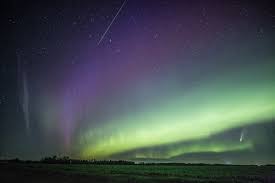A NASA-financed rocket mission is gone to space to gauge the worldwide electric circuit hidden Aurora Borealis. For its second excursion to space, the Aurora Current and Electrodynamics Designs II, or Pros II, instrument will send off from Andøya Space in Andenes, Norway. The send off window opens Nov. 16, 2022, at 6 p.m. neighborhood time.
High above us, electrons from space stream into our sky. As they wind down Earth’s attractive field lines, they strike gases in our climate, making them sparkle. From the beginning, see bubbly strips of ruby and emerald: the aurora borealis and australis, or northern and southern lights.
Yet, auroras are only one piece of a lot bigger framework. Like a light connected to an outlet, they are controlled by a bigger electrical circuit interfacing our planet to approach Earth space.
“These approaching high-energy electrons produce the auroral showcase we knew all about, but at the same time there’s important for the framework that is inconspicuous,” said Scott Limits, a physicist at the College of Iowa and the key specialist for the Pros II mission.
Similarly as charged particles stream in, a surge of charged particles streams from our environment back on a mission to space. Together, this inflow and surge total a worldwide electrical circuit known as the auroral flow.
In the event that all goes as expected, Pros II will assist researchers with demonstrating the auroral momentum in general, including its trickiest part: our ionosphere.
“This is only a solitary case – it doesn’t respond to all inquiries,” Limits said. “However, it gets us an information point we really want.”

